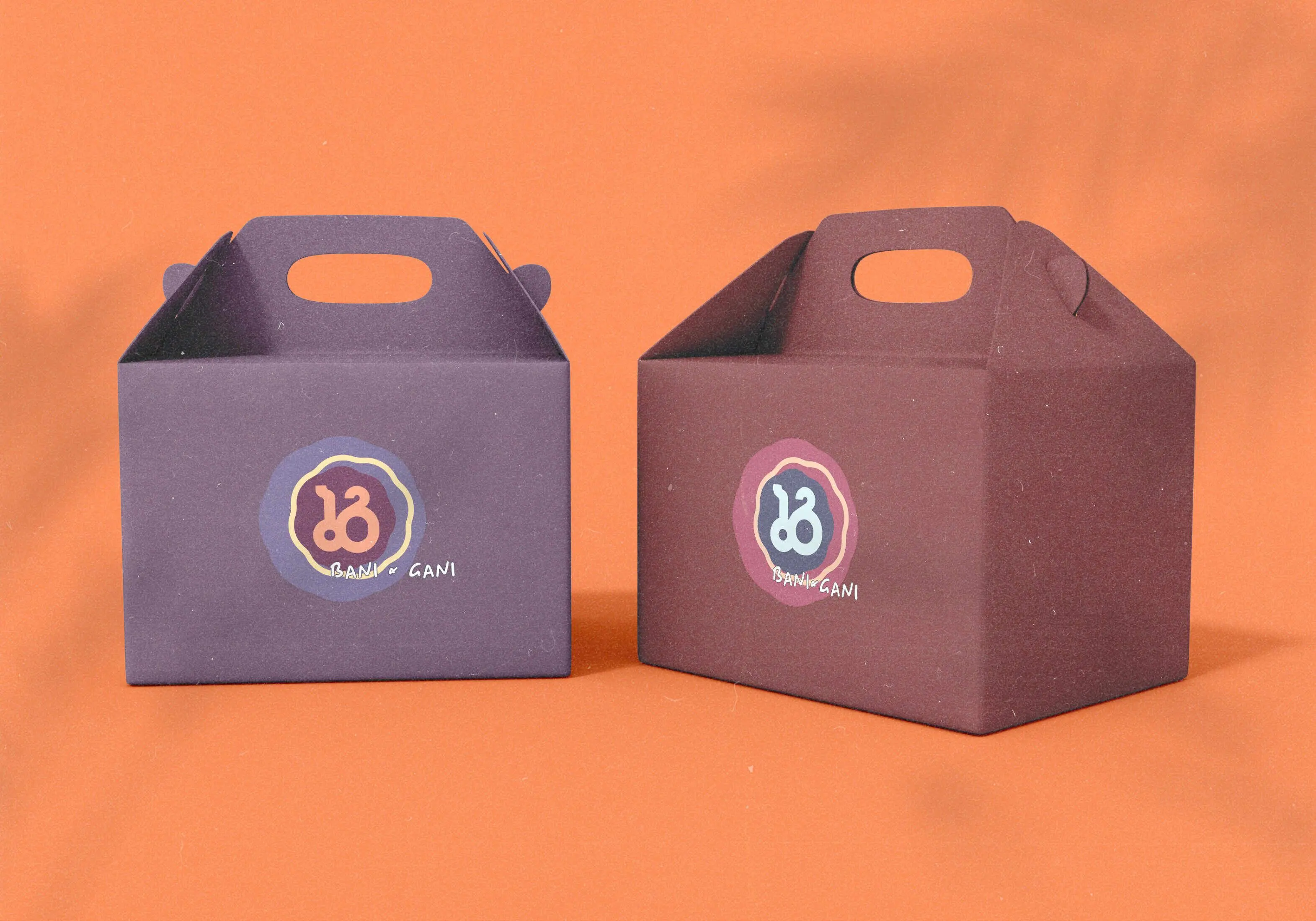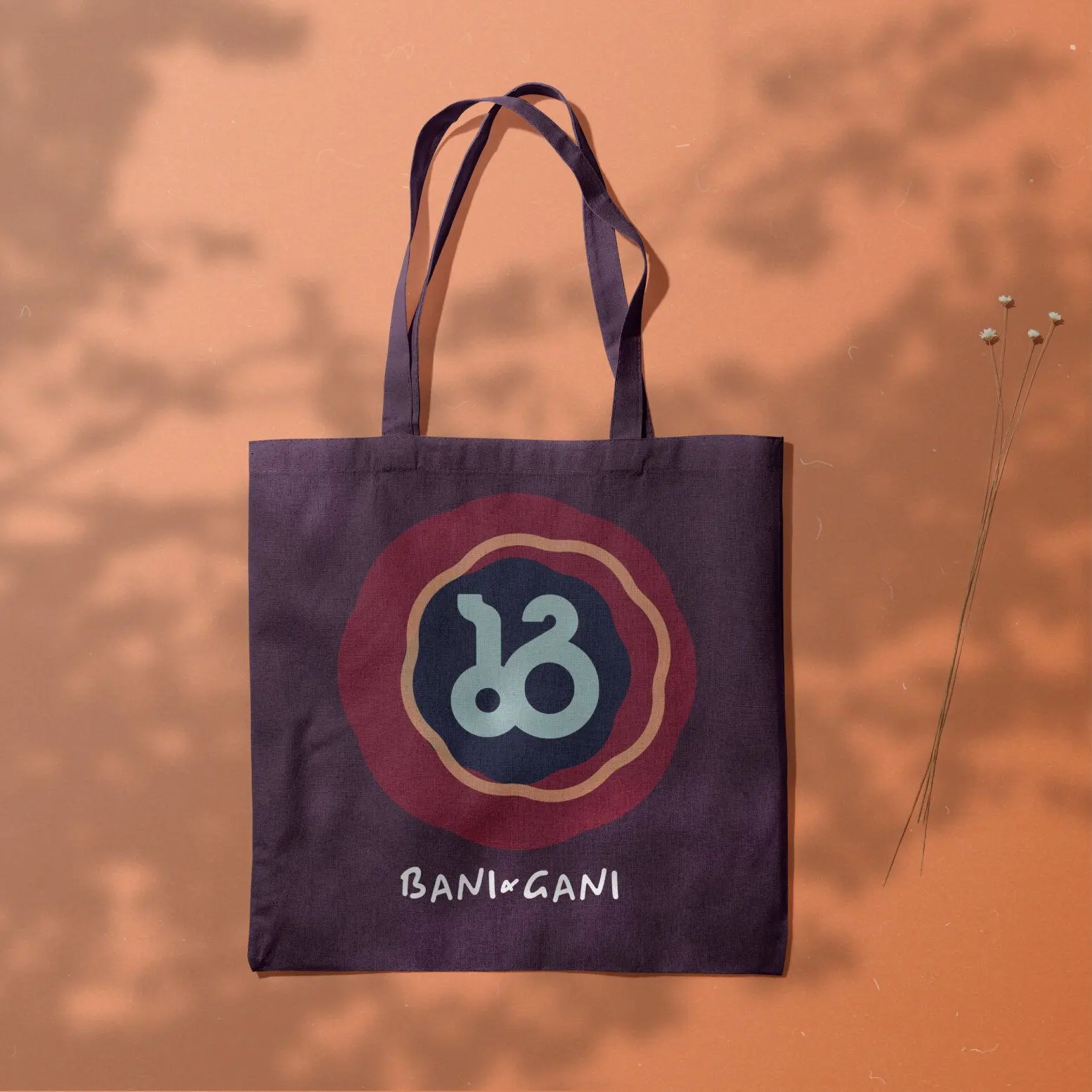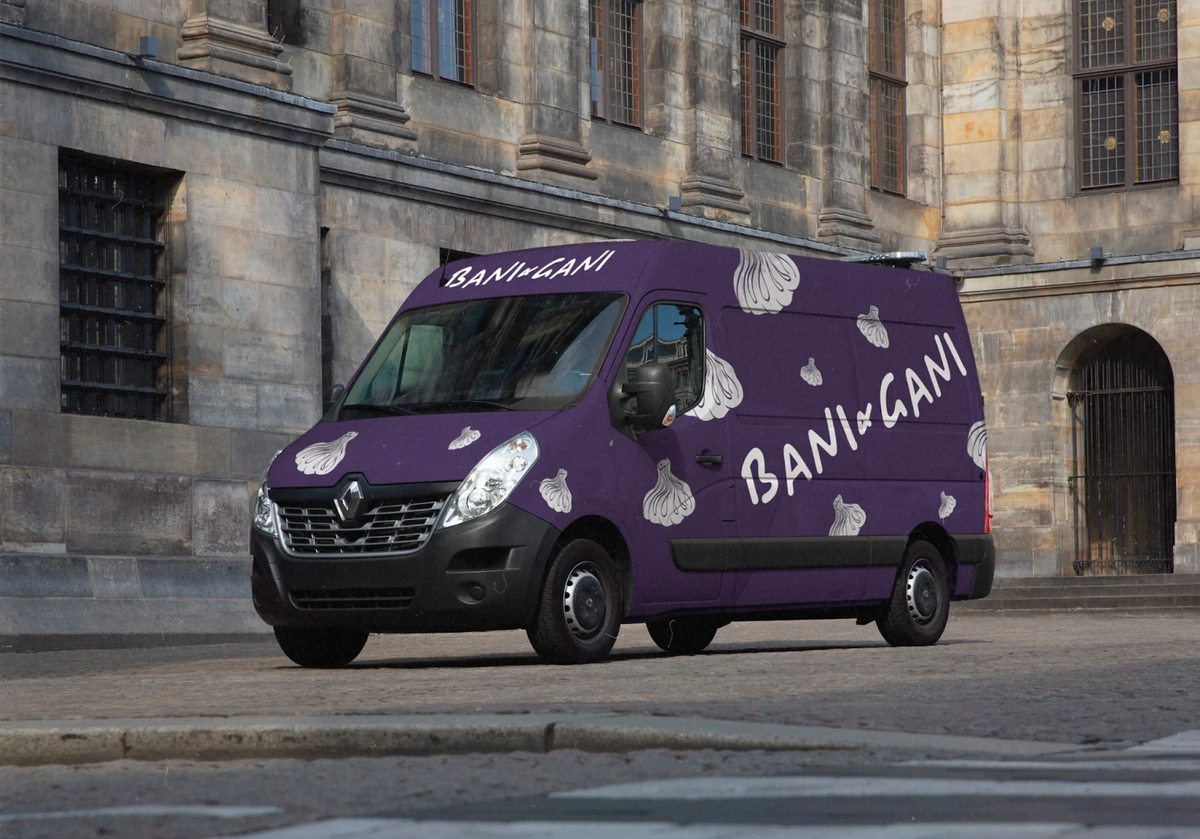In branding, colors influence how your brand is perceived. We’ve created this article to guide you in creating a color palette that aligns with your brand's identity and appeals to your audience. We'll explore in a step-by-step process how to make informed color choices to enhance your brand's visual impact.
Understanding Color Psychology
1. The Role of Color in Branding
Colors are more than just visual elements; they evoke emotions and associations. For example, blue is often said to represent trust and stability, making it a favorite in corporate and financial sectors. Red can signify excitement or urgency, which is why it's common in the food and entertainment industries.
So your first step is to start by identifying the emotions and values your brand stands for and then choose colors that reflect these.
2. Color Combinations and Their Impact
Not every color works well with others. It's crucial to understand color harmony – how different colors interact and complement each other. Tools like color wheels can help you understand complementary (opposite on the wheel), analogous (next to each other), and triadic (forming a triangle) color schemes. This knowledge helps in creating a balanced and cohesive palette.
So, for our second step, once you’ve established your core color, build a group of complementary colors around it to use throughout your branding.
Looking for help with a rebrand?
Talk to Us About Your Branding & Visual Identity Project
We're experts with branding & rebranding for websites, apps and offline projects across a number of sectors.
Schedule A Free Brand Audit3. Industry Standards and Competitor Analysis
Your industry plays a significant role in your color choice. Some sectors favor certain colors because they've been successful historically. However, don't just follow the trend. Analyze your competitors' color schemes to identify opportunities for differentiation. Standing out can be as beneficial as fitting in. Think about what your original use of colors might represent about your brand.
So our third step involves identifying what colors are commonly used in your industry and looking for ways to subvert the norm.
In our branding for a Georgian food chain, we didn’t quite use red but played with colors around that hue.
4. Knowing Your Audience
Different demographics respond to colors differently. Factors like age, gender, and culture can influence how your color palette is received. Research your target audience's preferences to ensure your colors resonate with them. This step ensures that your brand speaks directly to those you want to engage.
So, this step involves doing deeper market research into how your customers use color.
Bani & Gani is a modern ‘chain’ for a historically traditional type of cuisine, so we worked to modernize the feel via typography and color choices.
5. Consistency Across Media
Ensure that your chosen colors look consistent across different media – digital, print, and physical products. Colors can appear differently on various screens and materials, so test your palette in different formats to ensure consistency.
This step: check your color palette across a range of media to ensure final consistency.


The same colours maintained throughout for Bani & Gani
6. Adaptability and Future-Proofing
Your color palette should be adaptable for future branding needs. Consider how it might evolve and ensure it's versatile enough to accommodate changes without losing its core identity.
So, for a final step, look into the future to understand how your palette might need to develop.
Your color palette is a fundamental aspect of your brand's identity. By understanding color psychology, analyzing your industry and audience, and applying practical tips, you can create a palette that truly represents your brand.
And remember, our team at Self Studio is always ready to assist you with expert branding advice and solutions. Reach out to collaborate with dedicated branding professionals who can bring your vision to life!
Looking for help with a rebrand?
Talk to Us About Your Branding & Visual Identity Project
We're experts with branding & rebranding for websites, apps and offline projects across a number of sectors.
Schedule A Free Brand Audit

